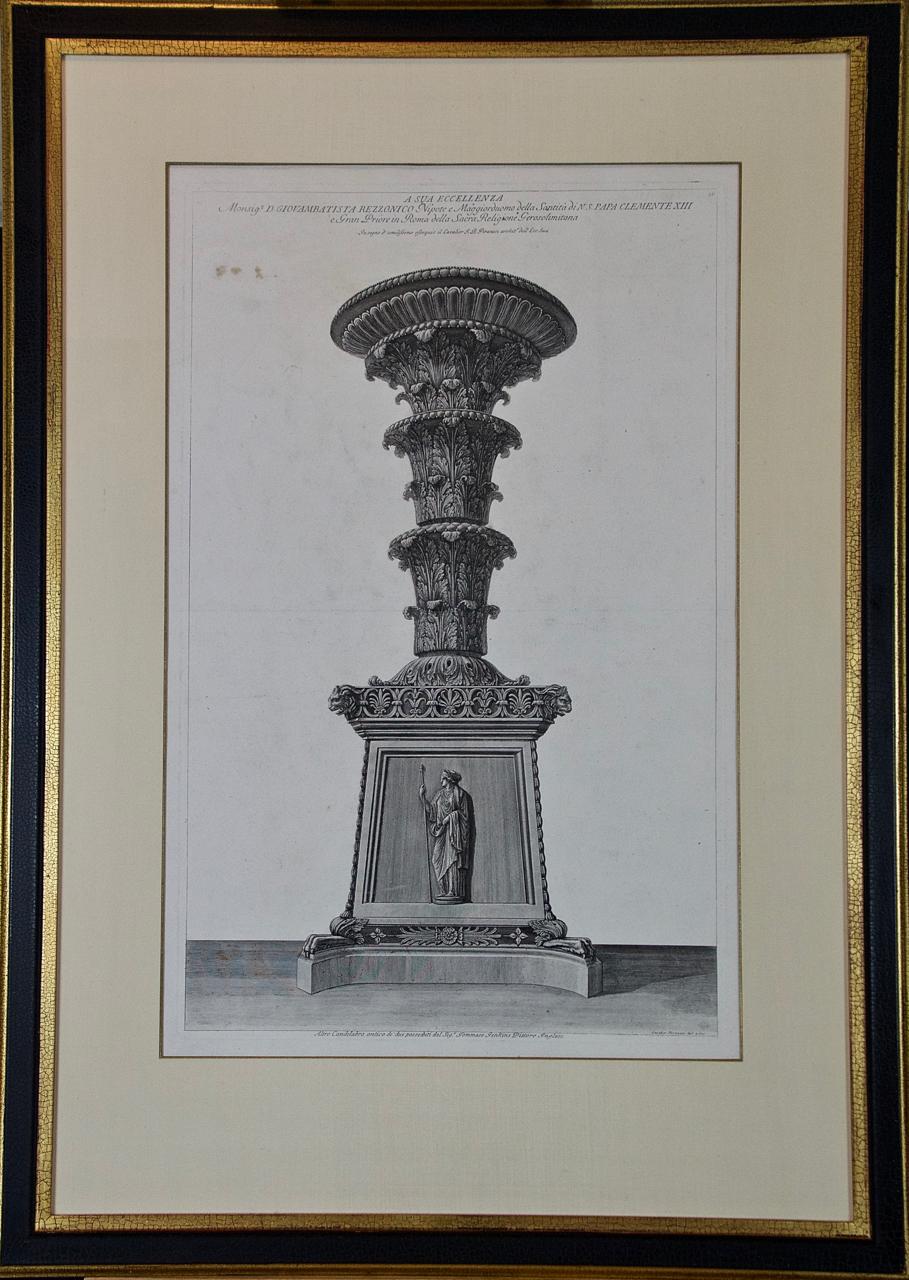


In addition to studying under Panini, Robert received mentorship from Giovanni Battista Piranesi (1720-1778), the renowned and prolific vedutisti, whose studio was located directly across the street from the Académie.
#PIRANESI ART MOVEMENT SERIES#
Scholars even speculate that Robert may have contributed to Panini’s series Views of Ancient and Modern Rome (1757), which also happened to be commissioned by the comte de Stainville. It was likely under Panini’s mentorship that Robert began to develop his own style of capriccio, which he is now most known for. Panini himself was already a great master of the architectural capriccio, which were fantasy landscapes that brought together several different monuments and buildings into one composition. The first was Giovanni Paolo Panini (1691-1765), who was one of Robert’s professors.

He was also able to meet two artists who became his mentors and had very significant influences on his artwork. Poisson had recently been elected director general of the King’s buildings.ĭuring his time at the Académie, Robert, who had a taste for architecture, studied the antiquities and modern monuments of Rome. His appointment was obtained through yet another powerful connection: Abel-François Poisson (1727-1781), the marquis de Marigny and brother of Madame de Pompadour (1721-1764), Louis XV’s prominent mistress. Stainville was Robert’s primary protector until 1759, when Robert was appointed pensionnaire in the Académie. The younger Stainville, had just been appointed French Ambassador to the Holy See, and was able to use his influence to procure Robert’s acceptance into the Académie de France in Rome, even though Robert never received the Prix de Rome, a prestigious scholarship which provided arts students the opportunity to study in the city. Robert arrived in Rome in 1754 with the retinue of the comte de Stainville (later to become the duc de Choiseul) (1719-1785), who was the son of his parents’ employer, the marquis de Stainville. 1761, red chalk, with framing lines in pen and brown ink (Metropolitan Museum of Art, New York, New York) Hubert Robert, T he Nymphaeum of the Villa di Papa Giulio, Rome, ca.


 0 kommentar(er)
0 kommentar(er)
